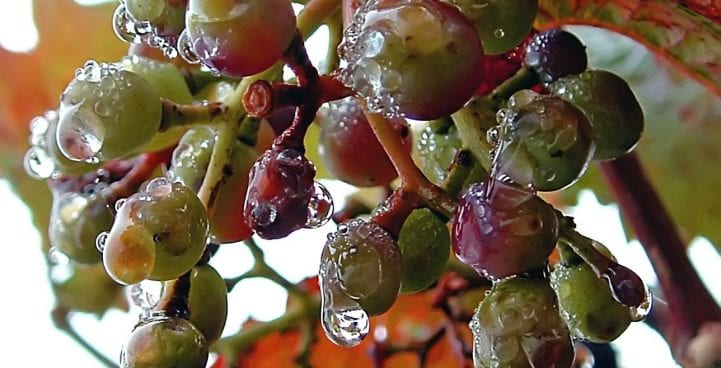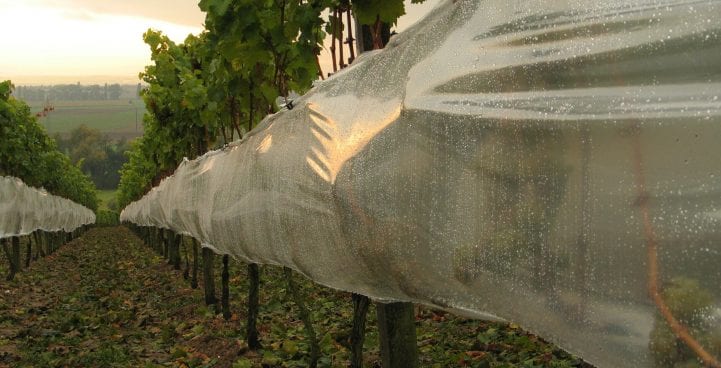Over the coming weeks vintners in certain parts of the world, particularly Germany and Canada, are hoping for a sudden arctic frost to come over their grapes. What make drivers live in fear – and usually isn’t the best of news for farmers either – is, under the right circumstances, a pure moment of joy for vintners. Cold temperatures allow for the production of one of the most fascinating, most misunderstood wines in existence: Ice wine.

Ice Wine: It Has To Get Cold. Really, Really Cold.
The thermometer has to drop to 19°F / -7°C in Europe (17°F / -8°C in Canada) for vintners to be able to make ice wine allowed to carry that designation. For German wines, the must’s ripeness cannot be below that required for the dessert wine category “Beerenauslese” (lit. select berry harvest). The production process can get complicated and requires a lot of manpower. One of the stipulations for ice wine is that the grapes aren’t just frozen when harvested, but when being pressed as well. Grapes have to be harvested and processed with as little delay as possible.

Concentrating on the Grape’s Essence
At temperatures below 19°F / -79°C , the water contained in grapes is frozen, while sugar, acid, and aromas are not. Carefully pressing the grapes results in keeping back the frozen water while a highly concentrated elixir is retrieved. It is a misconception that the resulting wine is just sweet. It is true that ice wines tend to be on the very sweet side, but at the same time they are some of the most acidic wines in existence. If the cold removes the water from grape juice this means not only the sugar is highly concentrated, the acid is as well.
Ice Wine: Up To 3 Times More Acidic Than White Wine
The combination of concentrated sweetness and acidity makes for one of the most complex taste sensations you can have. To be able to makes these wines, vintners are risking everything by keeping the grapes on the vine for a very long time – sometimes well into the New Year. This has implications for the label. If the grapes aren’t harvested until 2017, why does the label say – correctly – 2016? For the vintage, the year when the grapes grew is what matters, not when the harvest took place.
It is no misconception that there are a number of vintners who put the grapes in the freezer prior to pressing them. For genuine ice wines from Germany, this is strictly forbidden. In some countries, especially New Zealand, it is quite common.